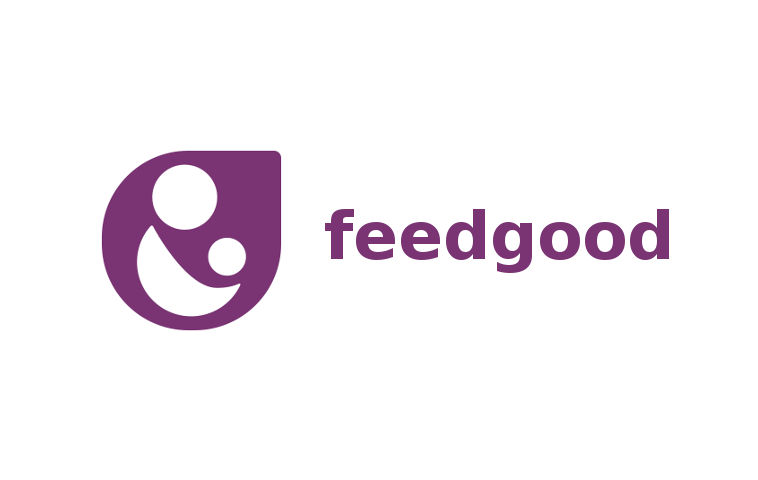Formula feeding means feeding your baby cow's or goat's milk that's specially treated to be suitable for babies.
Planning to formula feed
Most mums know that breastfeeding is good for them and their baby, but sometimes still feel that formula/bottle feeding is the best option for them and their family. If you can, do give breastfeeding a try, especially in the first hours and days – you might be surprised at how well you and your baby manage. But don't worry if breastfeeding doesn't work out for you.
How much should I feed my baby?
Even if you are formula feeding, you should still feed your baby responsively as soon as they show signs that they are hungry, don’t try to stick to a timetable. Our page on feeding cues applies just as much to formula fed babies as it does to breastfed babies. You can still experience skin-to-skin contact when formula feeding – this is particularly important for calming your baby and building a special bond in the early days.
When your baby’s first born, their tummy is tiny – about the size of a cherry – so they’ll want to feed frequently – around 8-12 times over 24 hours. However, they won’t need much before they’re full. You’ll soon pick up what your baby wants, whether that’s food, winding or a wee cuddle. If you’re finding it hard working out what your baby wants, talk to your midwife, health visitor or family nurse and they’ll be happy to help.
This video from the NHS has more advice on how to feed responsively, and how to prepare formula safely.
What you need to know about formula milks and bottle feeding
What kind of formula should I feed my baby?
What kind of formula should I feed my baby?
Can I use ready-to-feed liquid infant formula milk?
Can I use ready-to-feed liquid infant formula milk?
What if I can’t afford formula milk?
What if I can’t afford formula milk?
Should I feed my baby ‘follow on milk’ when they’re older?
Should I feed my baby ‘follow on milk’ when they’re older?
Can I feed my baby soya milk?
Can I feed my baby soya milk?
Feeding your baby formula milk safely
There are a few things you need to be aware of before you feed your baby formula milk – making up feeds, cleaning and storing bottles must be done in a certain way to avoid your baby getting ill. Remember, it’s important to feed your baby responsively and not delay times between feeds or replace feeds with water.
How do I make up the feed?
How do I make up the feed?
What if I don’t have access to boiling water to prepare feeds?
What if I don’t have access to boiling water to prepare feeds?
Can I use bottled water to make up infant formula feeds?
Can I use bottled water to make up infant formula feeds?
What can I use to sterilise my infant feeding equipment?
What can I use to sterilise my infant feeding equipment?
Baby self-feeding pillows
If you have a baby self-feeding pillow, please stop using it immediately as it’s not safe for your baby.
Baby self-feeding pillow products are designed to be attached to a bottle so that the baby can be positioned on their back to feed themself without anyone holding the bottle and controlling the feed.
However, even if you’re supervising your baby while they’re self-feeding, this could lead to immediate, serious harm or death from choking or aspiration pneumonia. You can find out more about this on the gov.uk website.
Building a loving bond with your baby
Your baby will feel most safe and secure if feeds are carried out by you and your partner only for the first few weeks. Maintain eye contact with your baby and invite them to take the teat of the bottle, not pushing it into their mouth.
More help and advice
All the information you need to know to safely feed your baby formula can be found in Health Scotland's handy formula feeding booklet, whilst First Steps Nutrition offers detailed information on the different types of formula available in the UK.

